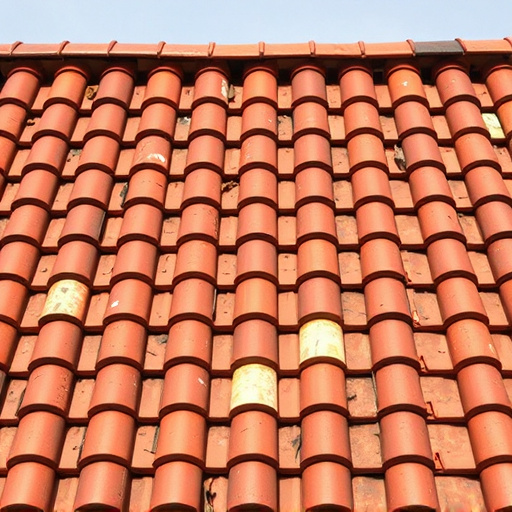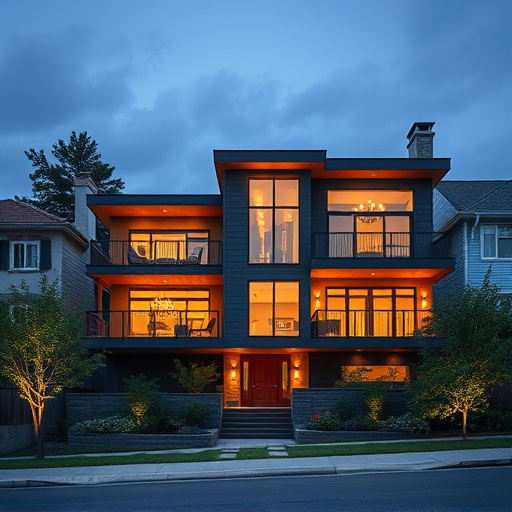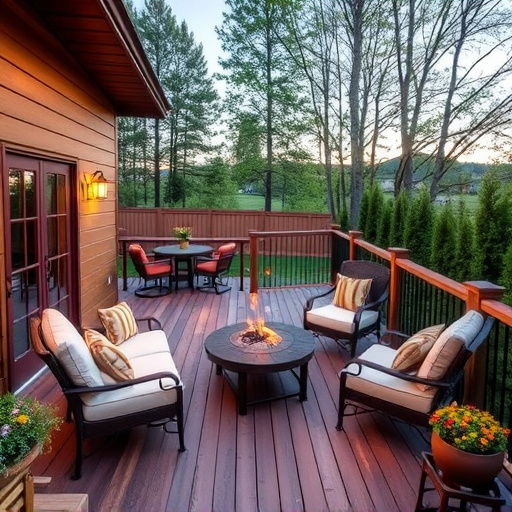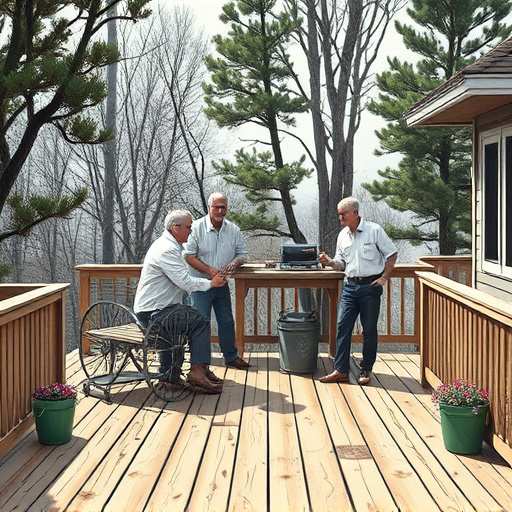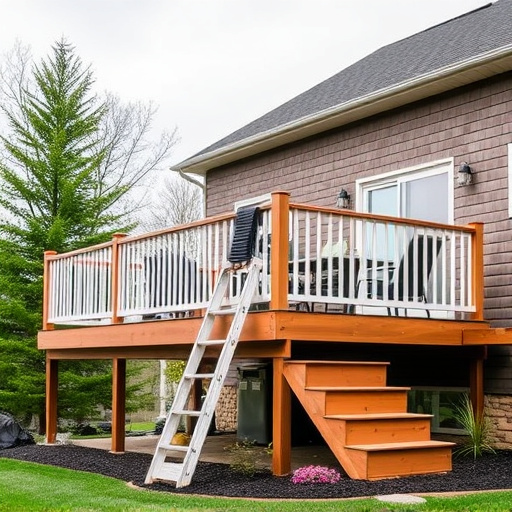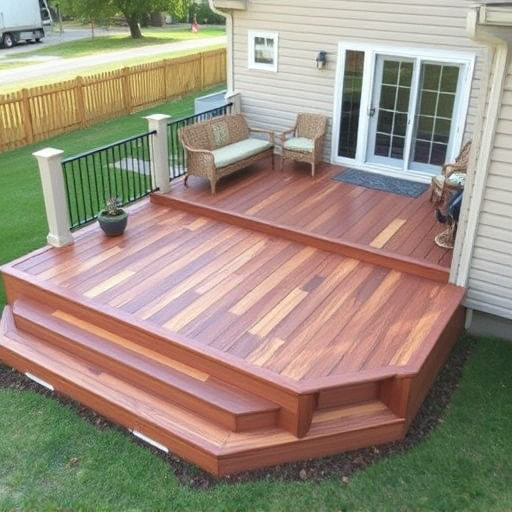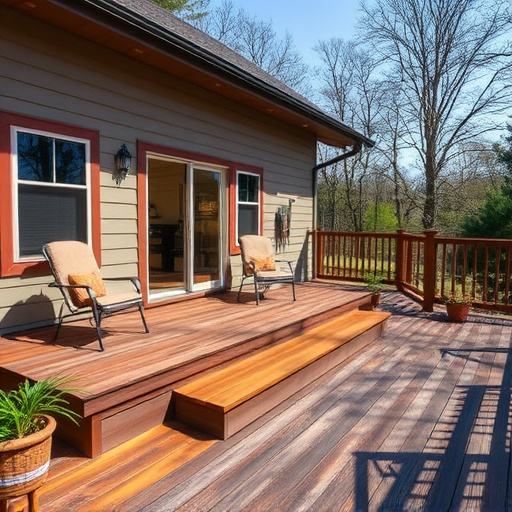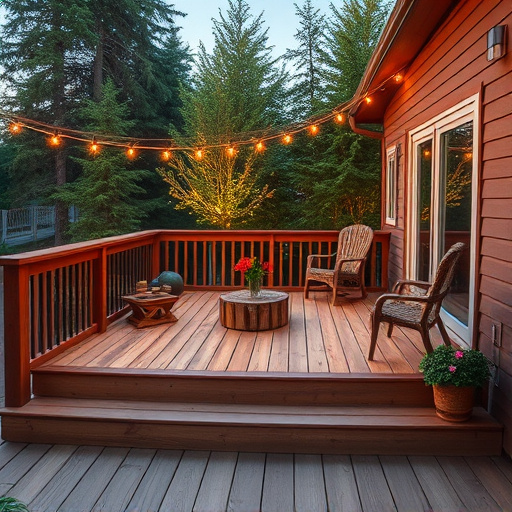Composite deck railing offers durable, low-maintenance alternatives to traditional wood, resisting weathering, rot, and pests with minimal upkeep. These materials provide aesthetic flexibility for customization and are eco-friendly, often made from recycled content. Proper installation requires a clean deck surface, accurate measurement, use of professional tools, and compliance with local building codes; complex projects may necessitate professional help.
“Elevate your outdoor living space with composite materials for deck railing—a modern, durable solution. This guide provides a comprehensive overview of utilizing composites in decking, offering numerous benefits over traditional options. From enhanced aesthetics to low-maintenance advantages, composite railings provide a long-lasting, weather-resistant alternative.
Learn the ins and outs of installation, including expert tips and best practices, ensuring your deck railing project is a success. Discover how to choose the right materials, install them properly, and maintain their beauty for years to come. Transform your deck with these innovative composite railing options.”
- Understanding Composite Materials for Decks
- Benefits of Using Composites for Railing
- Installation Tips and Best Practices
Understanding Composite Materials for Decks
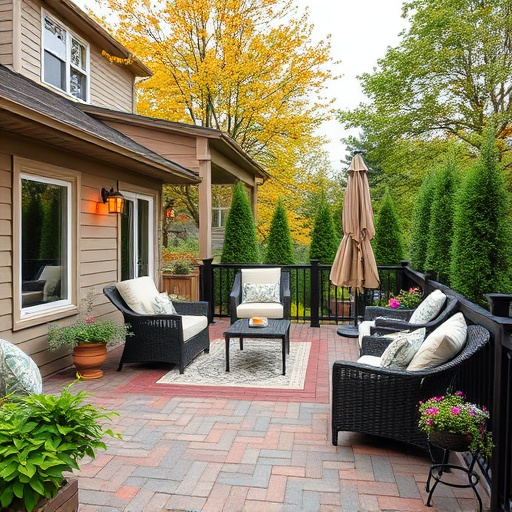
Composite materials have revolutionized the way we think about deck railings. Unlike traditional materials like wood, which can rot, warp, or split over time, composite decking offers a durable and low-maintenance alternative. These materials are typically made from a blend of plastic and natural fiber, creating a robust and weather-resistant option that requires little to no painting or sealing. In addition to their longevity, composite railings offer versatility in terms of style and color, allowing homeowners to customize the look of their deck to suit their individual preferences. Whether you’re looking to enhance your outdoor living space with a modern, sleek design or prefer a classic, traditional aesthetic, composite materials provide an excellent solution for deck railing.
Benefits of Using Composites for Railing
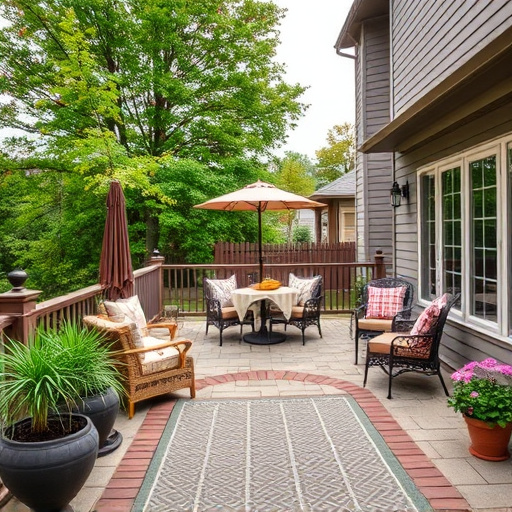
Using composite materials for deck railing offers numerous advantages that make them a popular choice among homeowners and contractors alike. One of the key benefits is durability; composites are resistant to rot, decay, and pests, eliminating the need for frequent repairs or replacement, which can save significant time and money in the long run. They also provide a high level of weather resistance, ensuring your railing stays strong against harsh weather conditions, including heavy rainfall, snow, and UV rays from the sun.
Composites are known for their low maintenance requirements, making them ideal for busy individuals or those seeking hassle-free home exterior services. Unlike traditional wood railings that may require regular staining or painting, composite materials need only occasional cleaning. Moreover, they contribute to a more sustainable home environment as they are often made from recycled content, reducing the environmental impact of your deck railing and aligning with the growing demand for eco-friendly siding repairs and roof consulting solutions.
Installation Tips and Best Practices
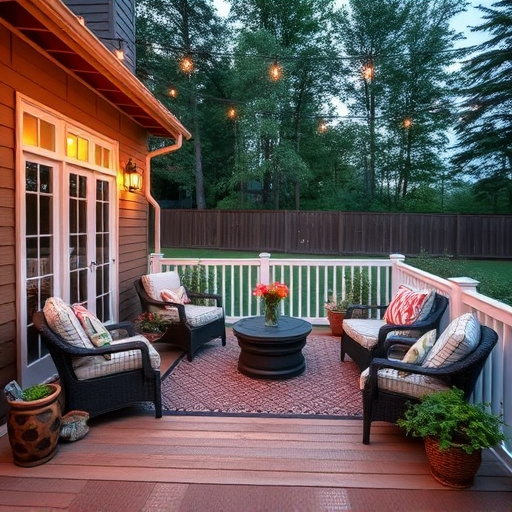
When installing a composite deck railing, proper preparation is key to achieving a strong and durable finish. Before beginning, ensure your deck surface is clean, dry, and free from any debris or existing rail systems. Check local building codes regarding railing requirements and height regulations. For a seamless look, measure and mark the railing layout accurately, allowing for precise cuts of composite materials.
For best results, use professional-grade tools and hardware designed specifically for deck railings. Secure posts firmly into the deck using concrete anchors, ensuring they are level and aligned correctly. Composite rails should be installed with hidden fasteners to maintain a clean, uninterrupted appearance. Consider hiring a professional for complex installations or those involving structural challenges, such as roof replacements or residential roofing projects, to ensure safety and code compliance.
Composite materials offer a durable, low-maintenance solution for deck railing, providing both aesthetic appeal and functional benefits. By understanding their unique properties and following best practices during installation, you can create a safe and visually pleasing deck railing system that enhances your outdoor living space. Remember, the key to success lies in choosing the right composite material, proper preparation, and meticulous installation – all of which contribute to a long-lasting, high-quality deck railing finish.
